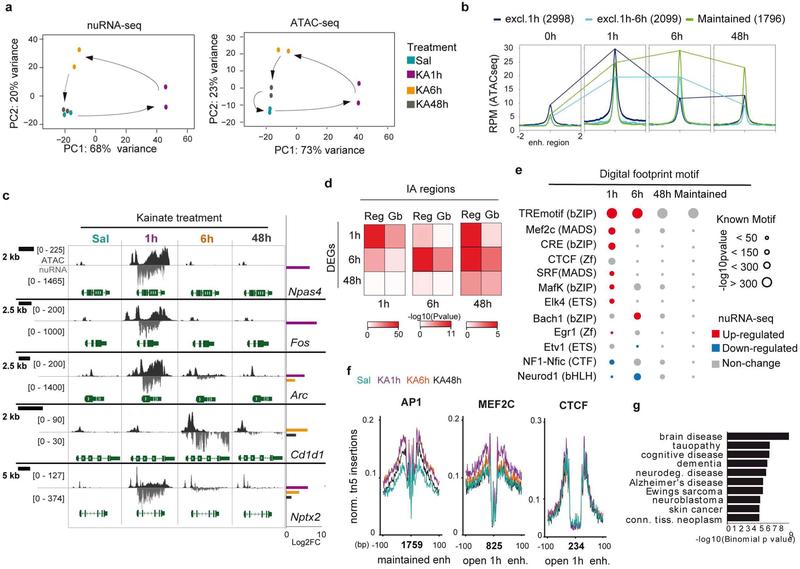Figure 6. Long-lasting chromatin accessibility changes are associated with AP1 binding and disease.
a. Principal component analysis for nuRNA-seq (left) and ATAC-seq (right) datasets. Sal and KA-48h samples overlap distant from KA-1h samples. The separation of KA-6h samples suggests an independent second wave of transcriptional changes. b. ATAC-seq signal at activity-regulated enhancers that show increased accessibility (IA) exclusively at 1 h, at 1 h and 6 h, or maintained for 48 h. c. Snapshots for ATAC-seq and nuRNA-seq tracks at the different time points. The examples illustrate the diversity of profiles under the general denomination of IEG. Fos and Npas4 present a very rapid and transient induction associated with dramatic changes in the accessibility of the chromatin at the gene body, while other IEGs, such as Arc and Nptx2, maintain their induction for hours or even days after SE. Late response genes, such as Cd1d1, increase transcription and chromatin accessibility long after SE. Right bars show significant (FDR < 0.1) log2FC for nuclear transcripts at each time point. Values are shown in RPM. d. Heatmap showing the significance in the BETA analysis for changes in ATAC-seq and transcript levels in each time point at promoter/enhancer (Reg) or gene bodies (Gb). e. Digital footprinting at enhancer/promoter sites in SE dynamic, indicating the motif enrichment (circle size) and the associated TF expression change in NE nuRNA-seq datasets. Red: upregulated; blue: downregulated; gray: no-change. f. Footprinted AP1, Mef2c and CTCF sites at 0 h, 1 h, 6 h, and 48 h after KA detected on enhancer DARs presenting increased accessibility during SE (open 1h) and maintained from 1 to 48 h. The number of motifs detected is indicated below the graph. g. Genes associated with the enhancer-overlapping DARs that show a maintained increase in accessibility are disease-related.

